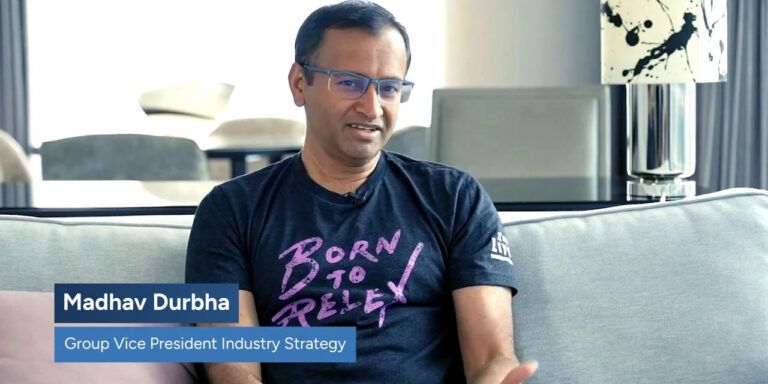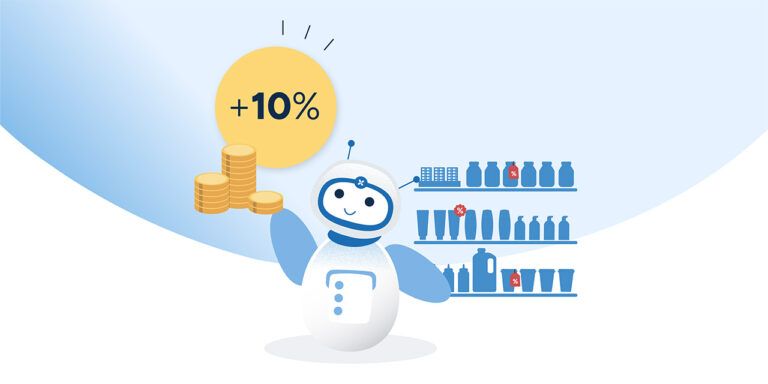Pragmatic AI for better retail decisions
May 2, 2019 • 3 min
“It’s official, the AI hype has finally gone completely overboard,” our CFO told me after hearing a sales pitch from an expense management software company. The sales rep had proudly claimed that their system used AI (artificial intelligence). When prodded, the rep had explained that “the system remembers which form the user used last and is able to pull that form up again when the user logs in next time.”
Wow. That is just so… underwhelming.
The world is going through something of a gold rush, with countless companies seemingly desperate to ride the AI wave. There are bound to be severe cases of misrepresentation, leading to disappointment. In fact, a recent study concluded that 40% of European AI start-ups do not actually use AI. Europe probably isn’t that different from other parts of the world in this respect.
The situation is not helped by the lack of a clear definition for “AI.” If you take a generous stance on the term, anything that involves computers making intelligent conclusions based on the data they have access to can be considered AI. On the other hand, there is the so-called AI effect at play, captured by Tesler’s Theorem: “AI is whatever hasn’t been done yet.” For instance, optical character recognition — nowadays routine technology — is no longer seen as AI. Furthermore, the terms AI and machine learning (ML) do not reveal much about how simple or complicated the underlying algorithms are. “Old-fashioned” statistical analysis and optimization can be more complex than AI- or ML-classified algorithms.
AI Doesn’t Matter, Results Do
My colleagues at RELEX and I have spent a good number of years trying to educate the world about what AI is and, perhaps more importantly, what it isn’t. We are fiercely proud to be forerunners in the application of AI and machine learning in ways that truly drive business results. It follows that we have also been eager to communicate how we are doing real AI, as opposed to just hyping it.
Then it dawned on us. We too had been sucked into the AI hype. The truth is, it doesn’t matter how you label technology. What really matters is:
- Using the most appropriate tools to turn data into better business decisions
- Doing this consistently and reliably to support the billions of decisions retailers need to make
- Having the results to show that this drives business results
Following this revelation, we made a practical decision. We now use the term pragmatic AI when describing how we use data for better decisions. In doing this, we keep our focus on further developing our decision science toolbox as new data, new methods and increased computational power become available, instead of spending time discussing how a particular algorithm should be classified.
Pragmatic AI for Accuracy and Automation
Our pragmatic AI toolbox encompasses all elements of retail math. We combine AI and machine learning with statistical modeling, optimization, simulation and classification as well as rules and heuristics. The right AI approach depends on the type of problem, available data and available data processing power.
Data and math are powerful tools, but computers are not yet capable of running complex planning processes on their own. This is especially true in the turbulent world of retail. So we take care to leverage valuable human expertise. This is why we make the computer’s reasoning fully transparent to users. We also give planners access to powerful, embedded, in-memory analytics to analyze data on the fly. In this way, our customers’ retail experts can amend and improve calculations and results as needed.
We explain how we apply Decision Science and Pragmatic AI in Retail in more detail in a recent white paper.
In the coming years, I predict that AI will become ubiquitous to such an extent that people will stop talking about it. Instead we will consider technology to be smarter or, occasionally, dumber than we expected. I am optimistic that businesses will soon return focus to the things that matter, such as productivity, sustainability and how we can make these things happen with the support of smart technology.



